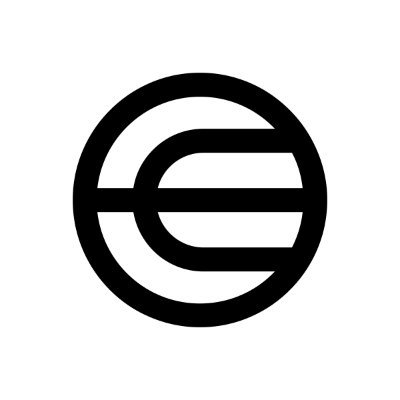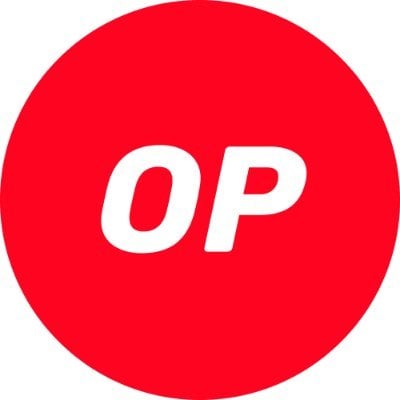An Analysis of Why OP Stack is Popular Among Developers
Written by: Haotian
Recently, OP Stack has been particularly eye-catching, with over ten projects including opBNB, Zora, Base, Worldcoin, and DeBank announcing their entry into the OP Stack camp. Some bloggers estimate that just Base alone could bring an additional $4.5M in revenue to the OP Treasury.
Is it just because Optimism is very orthodox in layer2 and can create excitement? The underlying reasons are probably not that simple; let me share my thoughts:
The key to a widely used open-source stack is the degree of openness of its License. Among the stack services provided by the four major players, Optimism uses the MIT License, while zkSync, Arbitrum, and Starknet all use Apache License 2.0. Both are high-level open-source licenses, but MIT is simpler and more free, allowing for more flexibility. In contrast, Apache has some restrictions regarding compatibility, trademark usage, patent licensing, and liability limitations, which may seem beneficial for product commercialization but actually become shackles and limitations.
Optimism is highly compatible with the Ethereum EVM. Looking at its Github with 11,994 commits and 2.3k forks (developer activity), one can see how much code updating and integration work is behind it. This data even surpasses Arbitrum and far exceeds zkSync and Starknet. Imagine a stack that is more integrated with Ethereum and has the greatest degree of open-source freedom; which project wouldn't love it? To some extent, choosing OP Stack is indeed choosing the orthodoxy of L2.
Many people say that OP Stack has become a "one-click chain launch" tool for project parties, and this statement carries a sarcastic tone. Some projects probably didn't consider the necessity of launching a layer2 with a one-click solution while enjoying the "take-it-or-leave-it" approach. If this is merely a profit-making tactic for opportunists, such a layer2 would only serve as a narrative to extract market liquidity, which clearly contradicts the vision of SuperChain that Optimism ultimately aims to achieve. In fact, the reason project parties care so much about the "freedom" of commercialization is mainly to calculate "revenue."
I personally believe that projects like Base, backed by the Coinbase halo, can rely on users' expectations for benefits, and developers are clearly benefiting from the C-end market. Other layer1s do this mainly to increase some B-end service revenue sources during a bear market, Rollup as a Service (RaaS). Based on this mature L2 solution, they provide potential commercialization services for some developers. Since OP Stack is relatively general-purpose, different chains doing layer2 would require specialized custom development, and packaging such custom development capabilities to sell to clients without development capabilities makes a lot of sense, right? This is indeed a strategy to "survive" in a bear market. Otherwise, why would an NFT market or an asset social platform want to do Layer2?
So why not use Arbitrum's Orbit to do layer3? Exclusive chains for layer3 are certainly good, but the current market demand is not large. The situation of hundreds of exclusive appchains in Cosmos seems to validate this point. Moreover, there are still technical challenges in cross-chain communication for layer3. Before the gaming and social application chain markets take off, DApps with a financial nature particularly value the composability and communication between applications. Given the current level of technological maturity, developing an independent exclusive chain feels like building a skyscraper in the suburbs. At present, the market demand for Layer2, whether narrative or practical, is clearly greater than that for layer3.
Isn't it good to use zk Sync's ZK Stack to create ZK layer2? Indeed, layer2 can also be built based on ZK Stack. Developers certainly want to pursue ZK, as it has a stronger narrative, but unfortunately, it's difficult to implement. The core zk circuit algorithm of the stack is a tough nut to crack; developers wanting to go the zk route would need some time just to digest the programming language gap and the complexities of zk circuits. Independently customizing a ZK circuit system is technically too challenging; of course, sharing zk Sync's components is also an option, but does this big brother support it now? We can see clues from opBNB's neglected ZK code updates.
This is precisely why OP Stack has taken the lead in the strategic stack competition among the four major players. I personally think this is a positive for Optimism because project parties can choose to customize their own Sequencer or share a Sequencer with Optimism, the latter of which needs to pay taxes to the OP Treasury. This blogger estimated Base's revenue, and given the current market enthusiasm, with a 10% share, OP could earn $4.5M in revenue. As the BASE ecosystem continues to grow, this number could conservatively reach $20M in the future.
Finally, I certainly hope that more project parties can develop based on OP Stack, and it would be great if they could also consider Arbitrum Orbit layer3 and zkSync, Starknet's business. However, before laying out layer2 or layer3, one must think clearly about their intentions. If it's just for multiple narratives and to ride the L2 hype, there's really no need. As for ZK Stack, don't be envious of OP Stack; the most important thing is to decentralize your core ZK components well, as there will be a day when they are widely used by developers in the future.















